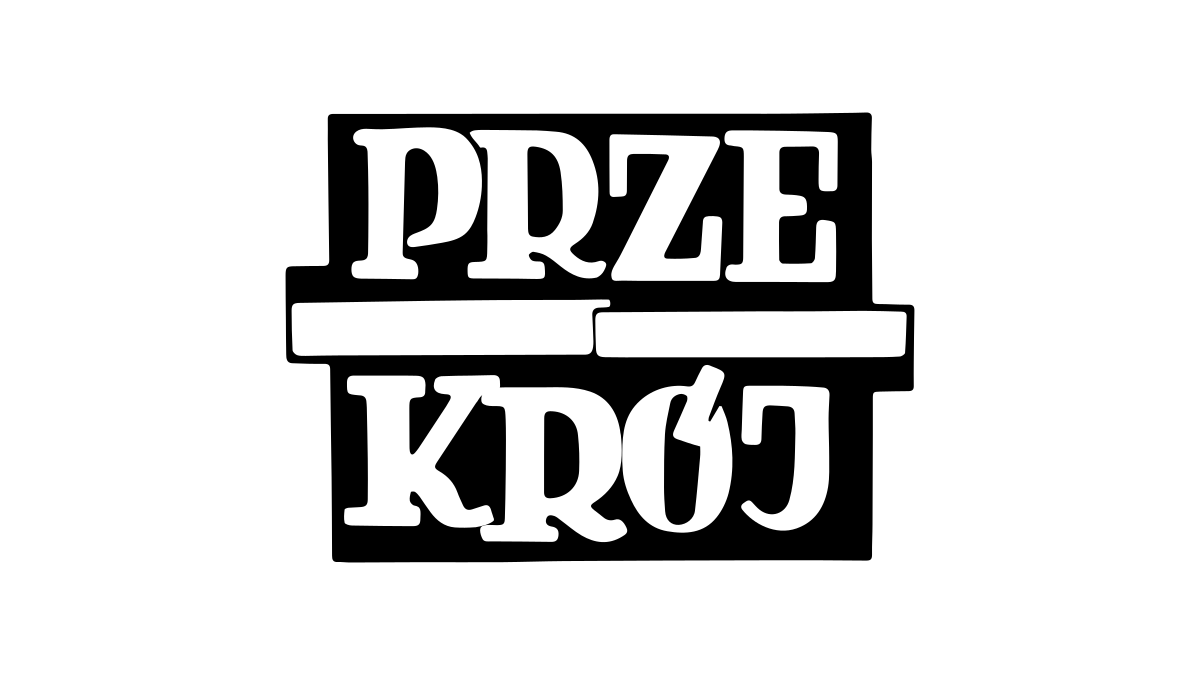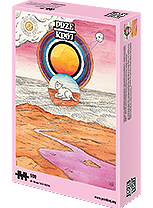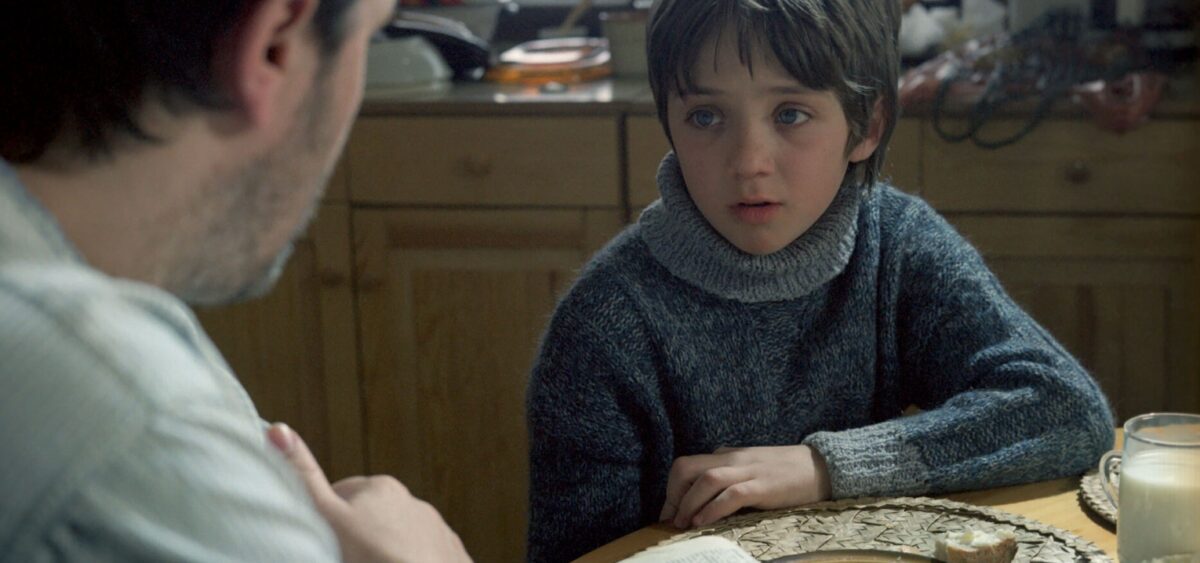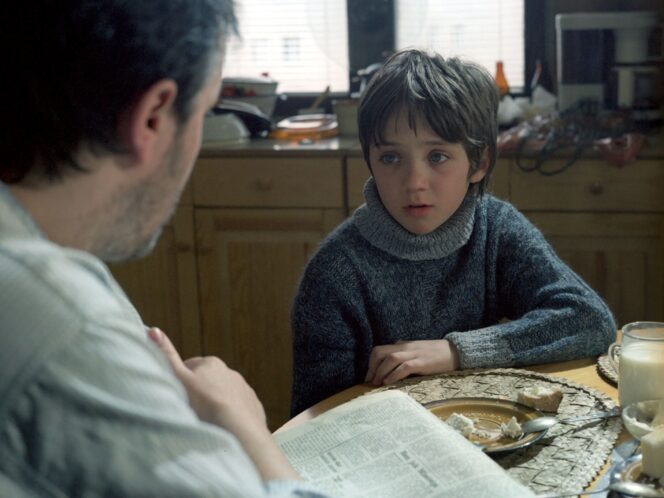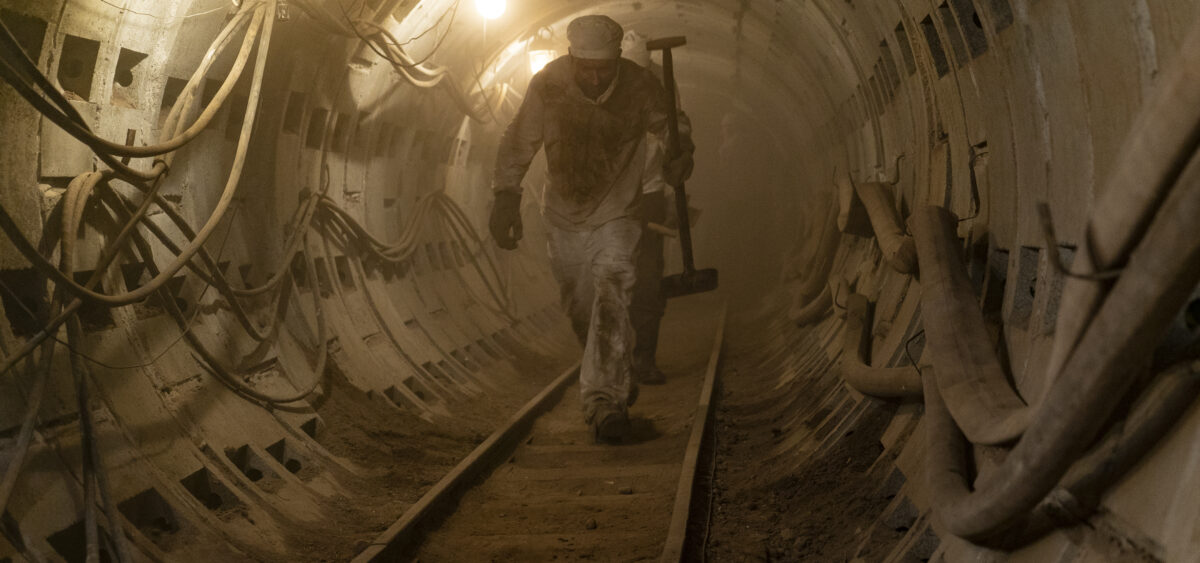
In the ‘90s, experiencing arthouse cinema involved a walk to the video store to select a VHS cassette from its small “foreign” section. At least, it did in Dunedin, the student-dominated but isolated city in New Zealand’s south island (literally the end of the world, you might say), where I went to university. Outside the annual film festival, which brought more obscure titles to the big screen, there were few places to discover anything beyond mainstream releases. But rare bites of arthouse were all the more vivid in their scarcity, manifesting out of a void of context like mysterious apparitions. I remember as if it were yesterday our scandalized delight around Pasolini’s Salò, or the 120 Days of Sodom, when it screened at the festival. Just learning such a film existed, and that the limits of art were not where we’d previously presumed them to be, was revolutionary – and if this, then what else was waiting?
This was a pre-download and streaming era, before
